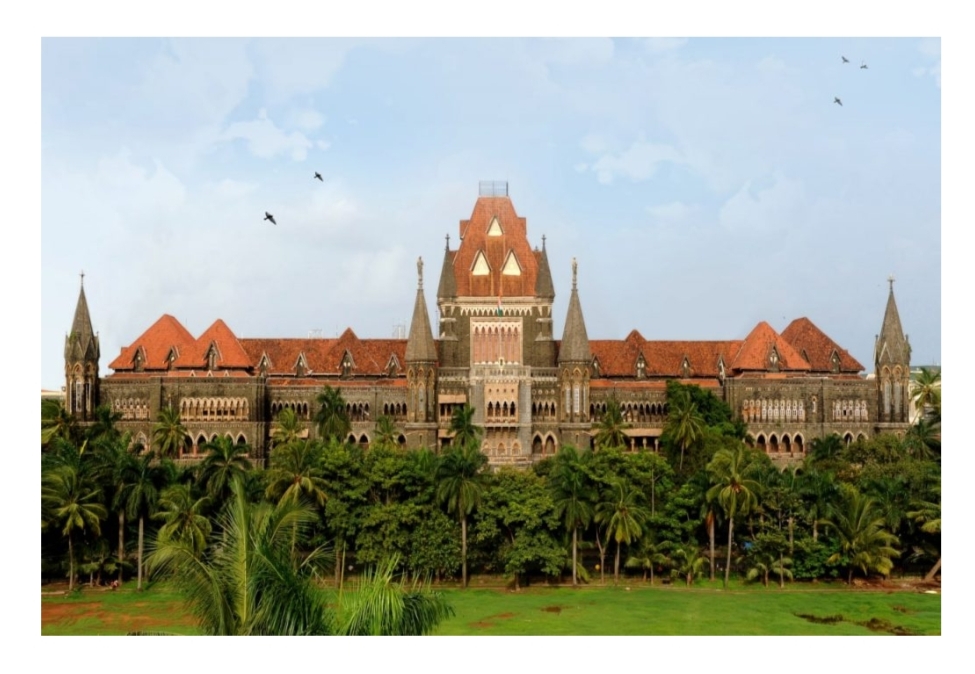Recently, the High Court of Bombay found itself entangled in a judicial and cinematic controversy revolving around the release of the film titled ‘Match Fixing: The Nation at Stake’. The said film is reportedly based on the 2008 Malegaon bomb blasts and was scheduled for release on November 15 this year. The Court was entrusted to deal with the ignited ticking bomb debate after a plea was filed by Lieutenant Colonel Prasad Purohit (the Petitioner) demanding a stay on the release of the film. Allegedly, the Petitioner has stated that the release of the film could impact his free and fair trial of the ongoing Special Case No.1 of 2016 related to the blasts, where he is one of the accused. He has stated that the trailer and promotional content of the movie have portrayed an army officer in uniform, who was a part of the Indian Military Intelligence Unit that resembles the Petitioner. The case at hand raises several questions about the ethical responsibilities of filmmakers and their blend with artistic impact on judicial fairness and public perception.
Initially, the petition was filed as a criminal petition but was later amended to a civil writ petition. The Petitioner has expressed his grievances about the matter that the film is closely based on true events and this would have an adverse effect on the judgement to be passed in the special case. To support his claims, the Counsel for the Petitioner relied on the case of Mushtaq Moosa Tarani Vs. Government of India & Ors. , stating that the facts of this case were similar to the current case at hand. In the Mushtaq Moose case, the subject-matter was about the release of the film ‘Black Friday’, where it was held that cinema must not be released until the judgement is delivered in the case of the accused.
On the contrary, the Counsel for the film’s producer, pleaded that the film was a fictional creation merely based on the book, titled ‘The Game Behind Saffron Terror’. The Counsel reiterated that the film makers would display a disclaimer at the start of the film to clarify that the movie is fictionalized and dramatized version of a book and not a factual recreation of any actual events, which would ensure that there is no misunderstanding and the viewers are adequately aware.
The Court after a nuanced analysis stated that such a disclaimer on the part of the film makers would make the apprehension of the Petitioner to be one that is not well founded in nature. The Court also distinguished the Mushtaq Moosa case on the basis of facts. The Court said that while ‘Black Friday’ was based on a book claiming to portray the true story of the Bombay Blasts and carried a disclaimer affirming the alignment with real events, the film, ‘Match Fixing’, explicitly positions itself to be of fictionalized and dramatized account of a book. The Court noted that the disclaimer of ‘Match Fixing’, emphasized the fact that it does not recreate any real-life events and does not intend to represent historical accuracy. The Court had suggested amendments to the disclaimer to clarify the issue which were agreed to by the Producer. Thus, the Court found the Petitioner’s concerns to be misconceived and ordered for the writ petition to be dismissed.
While the Court passed its order in favour of the respondents in this case, there have been several instances in the past where the release of the film was challenged on the basis of issues related to media trials and portrayals of communal animosity in India. Overall, Cinema is often a powerful medium for storytelling and social commentary, but it is clear that one must tread lightly while depicting sensitive issues especially ones interlinked with ongoing judicial matters. While the Court’s emphasis on disclaimers provides a safe harbour for film makers against defamation or interference with ongoing trials, it also restates the ethical responsibility of creators to prevent sensationalism that could sway the general public or tarnish an individual’s reputation. India, is often flooded with legal battles for perpetuating misrepresented history or stereotypes. Such episodes highlight the need for a balanced approach to resolve the recurring tension between a creator’s artistic freedom and expression and society’s interest in preserving peace, harmony and justice.
Moving ahead, the path to align such interests lies in a multi-faceted approach. Firstly, there must be well established guidelines for film makers to tackle controversial subjects. Secondly, the Courts should suggest a way for distinguishing fictionalised narratives from factual recreations without unnecessarily curbing creative liberties. Lastly, fostering dialogue between film makers, legal experts and affected individuals or communities, can promote nuanced, sensitive and controversy-free portrayals. Ultimately, while creative and artistic freedom thrives on the basis of democracy, they must co-exist with accountability to ensure that art can flourish without compromising on social justice and societal cohesion.
Authors: Vishal Menon, Rutvik Mehta & Simran Jayarao

